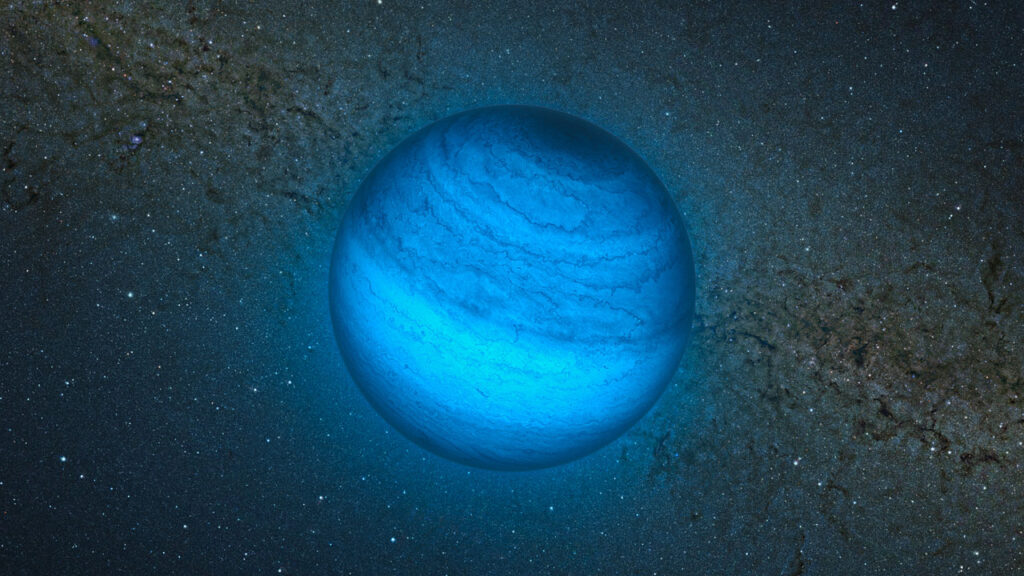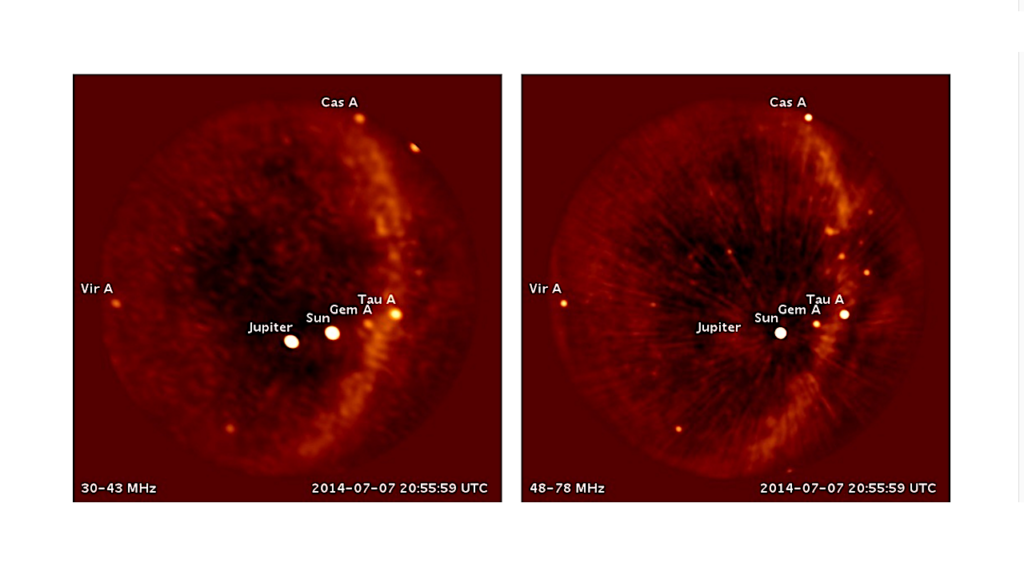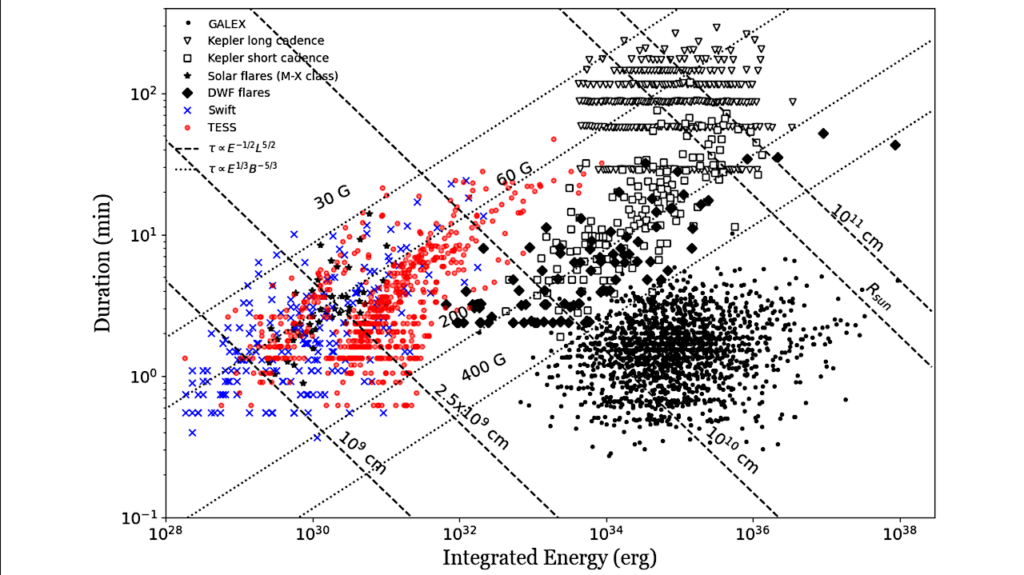A Closer Look At Opening Angles And Absorption Regions In The Atmospheres Of Transiting Exoplanets

Transmission spectra contain a wealth of information about the atmospheres of transiting exoplanets. However, large thermal and chemical gradients along the line of sight can lead to biased inferences in atmospheric retrievals.
In order to determine how far from the limb plane the atmosphere still impacts the transmission spectrum, we derive a new formula to estimate the opening angle of a planet. This is the angle subtended by the atmospheric region that contributes to the observation along the line of sight, as seen from the planet centre. We benchmark our formula with a 3D Monte-Carlo radiative transfer code and we define an opening angle suitable for the interpretation of JWST observations, assuming a 10-ppm noise floor.
We find that the opening angle is only a few degrees for planets cooler than ca. 500 Kelvins, while it can be as large as 25 degrees for (ultra-)hot Jupiters and 50 degrees for hot Neptunes. Compared to previous works, our more robust approach leads to smaller estimates for the opening angle across a wide range scale heights and planetary radii.
Finally, we show that ultra-hot Jupiters have an opening angle that is smaller than the angle over which the planet rotates during the transit. This allows for time-resolved transmission spectroscopy observations that probe independent parts of the planetary limb during the first and second half of the transit.
All Along The line of sight: a closer look at opening angles and absorption regions in the atmospheres of transiting exoplanets
Joost P. Wardenier, Vivien Parmentier, Elspeth K.H. Lee
Comments: 10 pages, 10 figures, accepted for publication in MNRAS
Subjects: Earth and Planetary Astrophysics (astro-ph.EP)
Cite as: arXiv:2111.11830 [astro-ph.EP] (or arXiv:2111.11830v1 [astro-ph.EP] for this version)
Submission history
From: Joost Wardenier
[v1] Tue, 23 Nov 2021 12:51:22 UTC (2,870 KB)
https://arxiv.org/abs/2111.11830
Astrobiology








